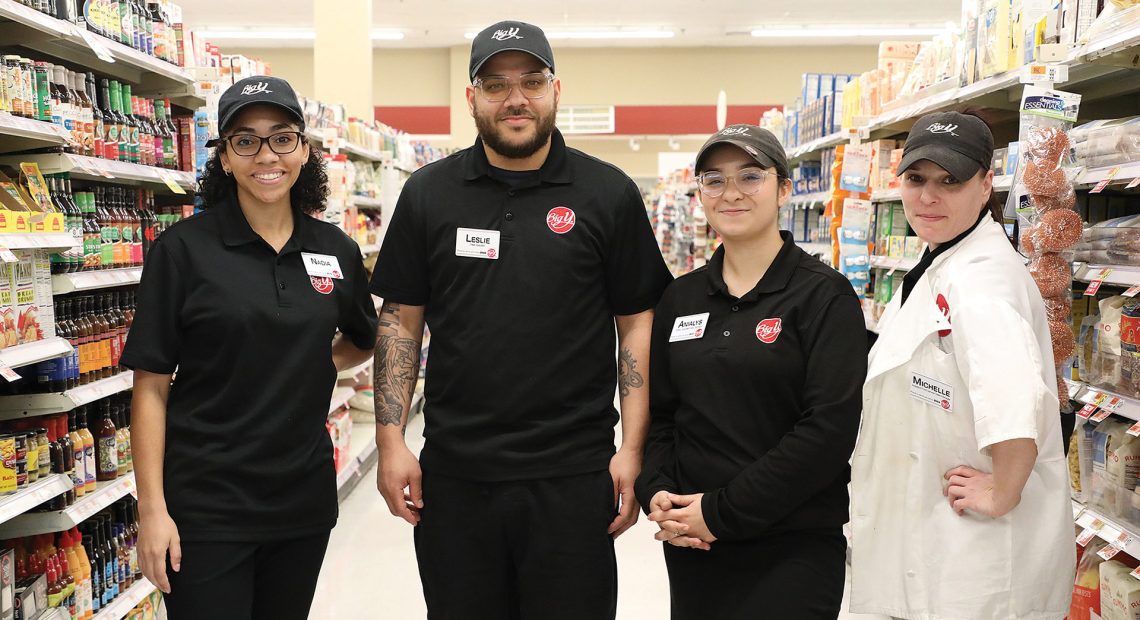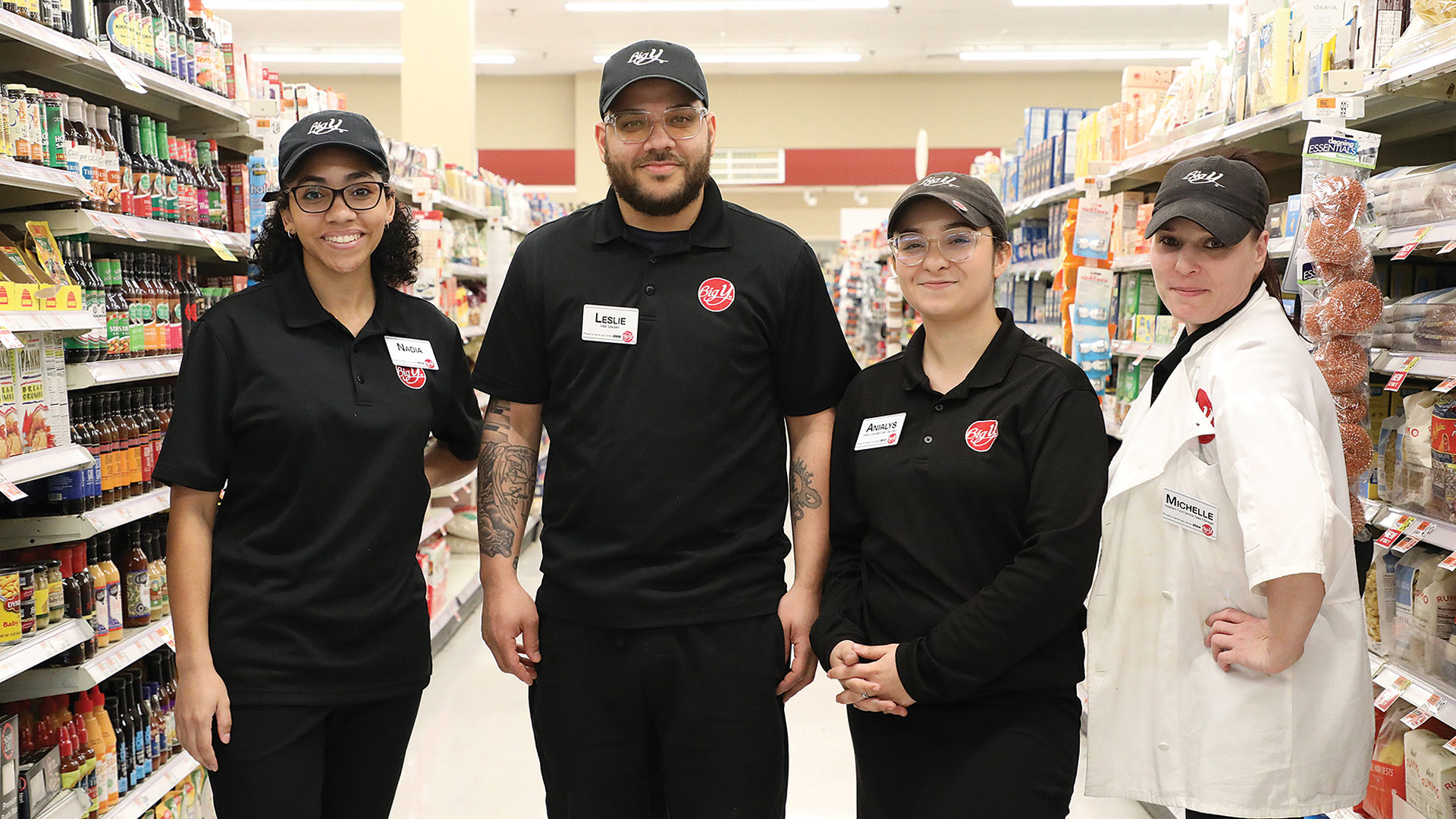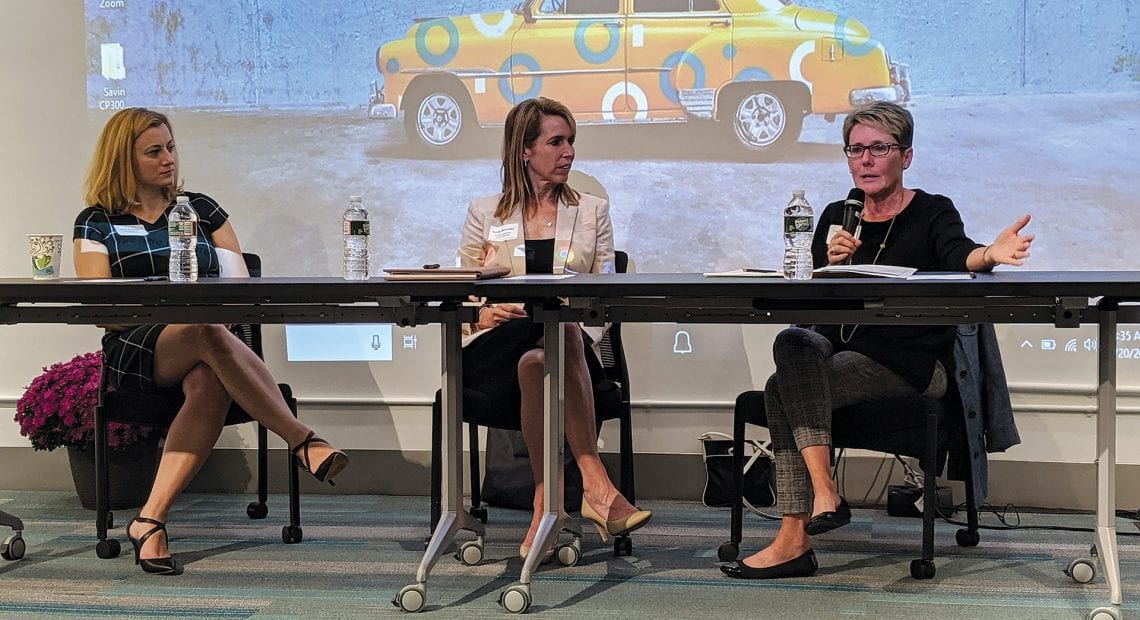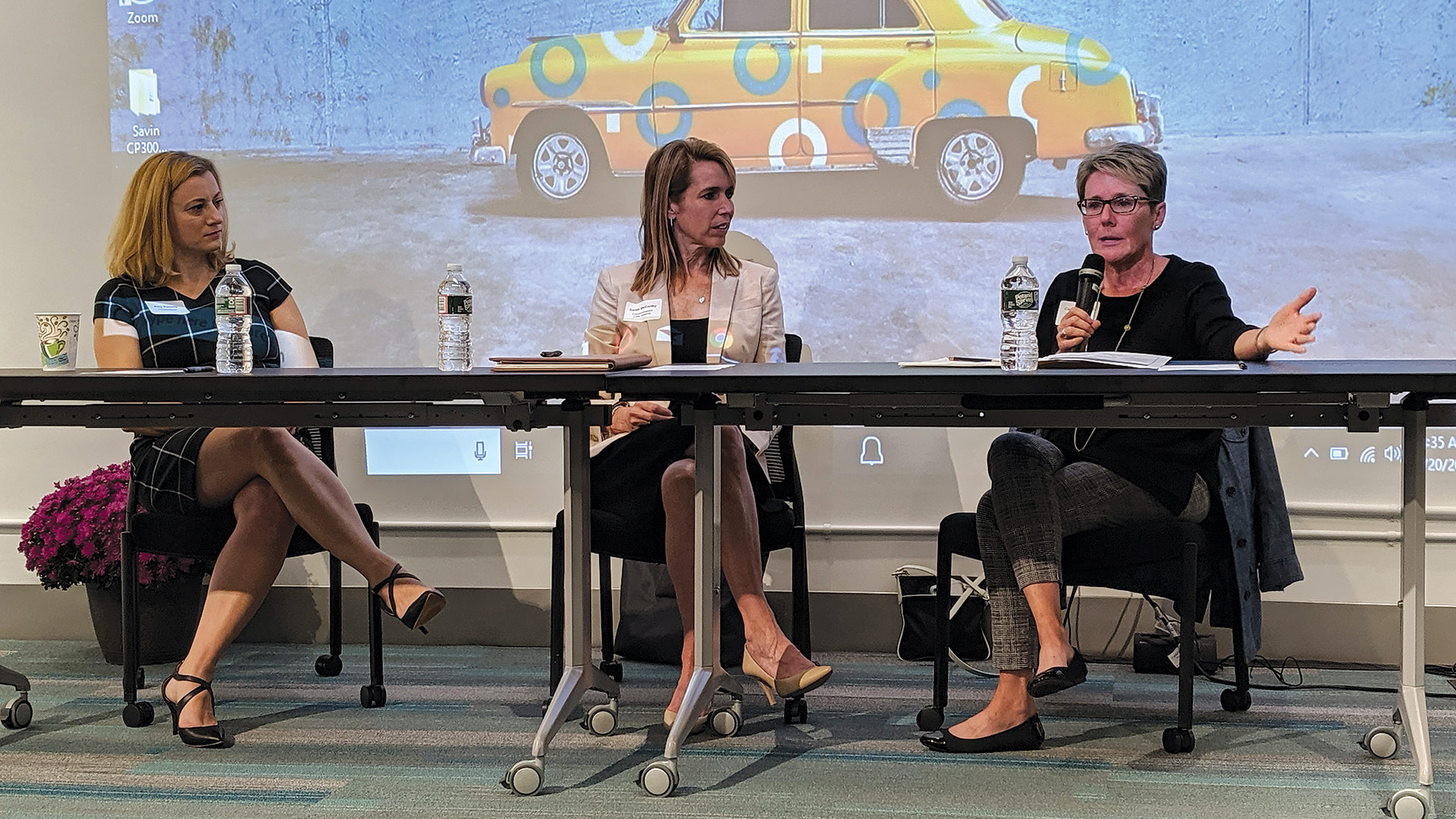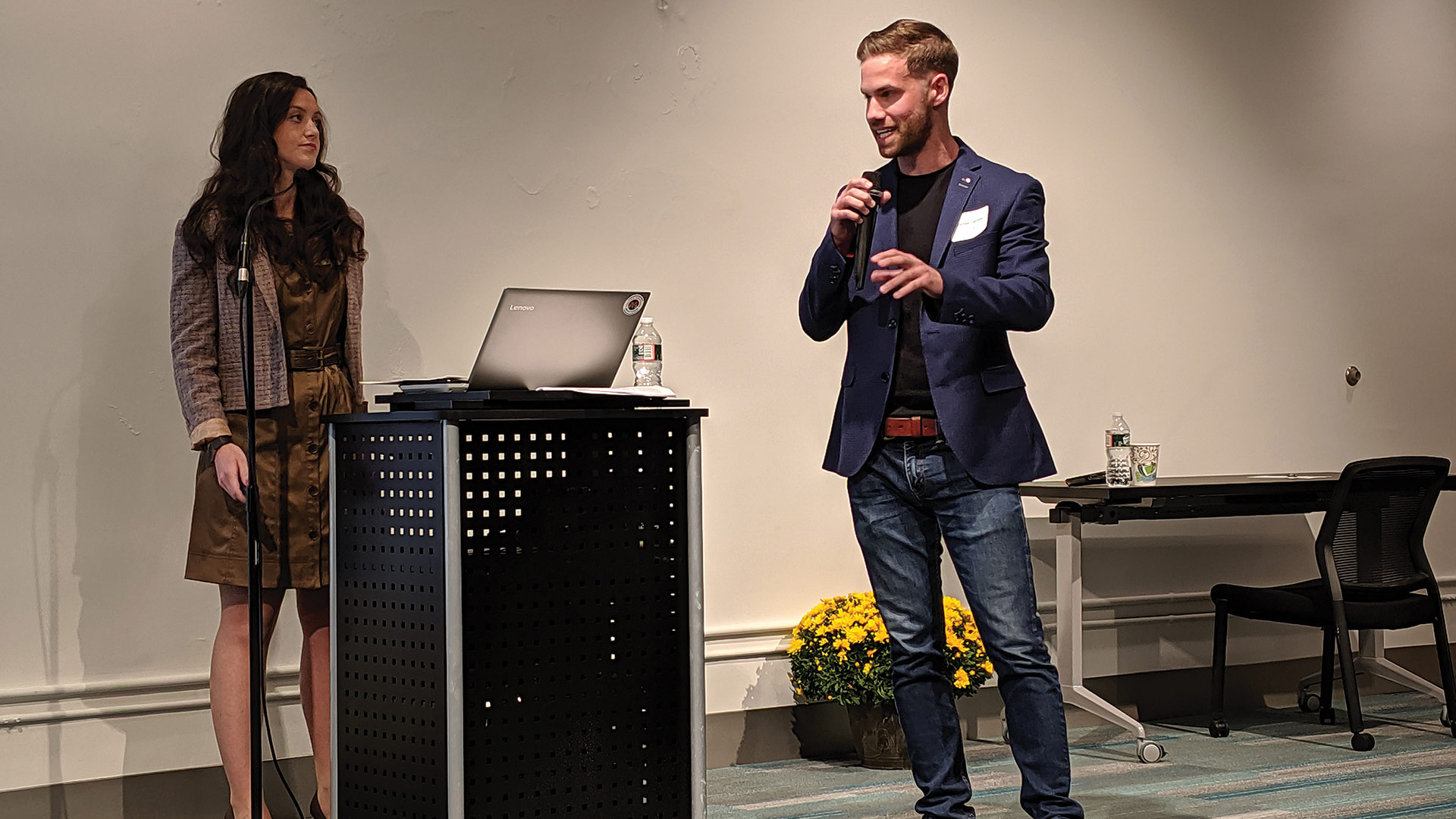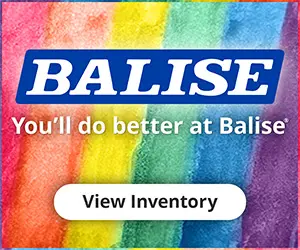Culture Shift

Nicole Polite, CEO of the MH Group. (Staff Photo)
Diversity, equity, and inclusion — commonly known as DEI — has become a well-recognized expression in the world of employment, human resources, and executive suites.
But Nicole Polite prefers the term DEIB, which incorporates the word belonging, and there’s a reason for that.
“The belonging factor is making sure that your employees feel like they’re part of a community or environment where they all feel connected, regardless of race, color, creed, and everything else,” said Polite, CEO of the MH Group, which provides a range of staffing services to client employers. “I’m glad belonging is being emphasized; I believe that’s a key factor. Because if you don’t feel like you belong somewhere, then it’s not a good space for you.”
While the term DEI has become politicized in some corners, Polite doesn’t see the concepts behind it fading in importance.
“We’re not going to move away from it. The world has changed so radically,” she said. “And the employees are the ones driving it. They’re the ones asking, ‘how are you supporting me? How do I belong here? What are the steps you’ve been taking to make sure that there’s representation here?’”
John Henderson, director of Learning and Development at the Employers Assoc. of the Northeast (EANE), agrees.
“In this politically and socially divisive world, how do we create a culture where people feel valued? That stems from the diversity, equity, and inclusion piece,” he said, before explaining what each of those terms means for EANE.
“As employees are more educated, they’re more authentic with themselves. And that creates a culture of self-value for employees, a stronger sense of belonging, which makes it easier for them to be fully engaged with the workforce.”
Specifically, he explained, diversity is about representation — not only in terms of race and gender, but in backgrounds, viewpoints, and experiences.
Then, “when you look at equity, it’s about recognition — recognizing what people need in order to be successful. As a business, what do my people need in order to be successful? And what you need and what I need might be totally different. That’s why equity is so important.”
Inclusion, meanwhile, is about the actions a business takes to make people feel like they’re included.

Dan Moriarty says efforts to create a more diverse, inclusive workplace have to start at the top.
Staff Photo
“All three of those really create a sense of belonging. So it’s diversity, equity, and inclusion, and then you have the B, the belonging piece,” Henderson explained. “If I feel valued, if I feel trusted, if I feel I can be my authentic self at work, I feel like I belong.”
It’s a message more and more companies seem to be getting — and even reaching out for help in implementing, he added. “We do get a lot of calls and do trainings around that piece. We want people to understand that differences bring creativity and increased productivity. And when you foster a culture of respect and people feel that they belong, it increases retention rates, and it makes it easier to recruit people.”
Monson Savings Bank President Dan Moriarty has been actively been involved in DEI strategy for some time, not only at his own institution, but his past co-leadership of an executive council established by the Massachusetts Bankers Assoc. to promote DEI efforts across member institutions.
Adopting some best practices recommended by Mass Bankers, Monson Savings has created a DEI commitment statement, developed and implemented a DEI program that continues to evolve, provided DEI training to board members and employees, identified and monitored key performance metrics, and conducted periodic self-assessments of the program.
In addition, he said, the bank has reviewed numerous documents, including its strategic plan, along with communications, processes, and facilities, to ensure that potential barriers are identified and removed and that DEI expectations are reflected, while also conducting outreach and expanding the bank’s relationships with key community members and organizations.

John Henderson says businesses increasingly want to create a culture where people feel valued.
Staff Photo
“We’ve developed a program which is a lot about education and training, from board members to senior management to the entire staff,” Moriarty said, adding that the bank conducted an employee summit a few weeks ago to discuss topics aroud DEI that some might not be familiar with, and explaining the reasons why they’re important.
“As employees are more educated, they’re more authentic with themselves. And that creates a culture of self-value for employees, a stronger sense of belonging, which makes it easier for them to be fully engaged with the workforce,” he added. “If they feel valued, feel like they belong, they’ll be better employees and better people. I just want to enhance those communications and make DEI more transparent, both internally and externally.”
Welcomed, Valued, and Heard
Jackson Davis, who heads up the DEI program for MassMutual, said that organization’s strategy is focused on creating an environment that is equitable and inclusive for its employees, customers, business partners, and the communities it serves.
“When it comes to our workforce, we strive to create teams that reflect our customers and communities, fostering an environment where all employees are welcomed, valued, and heard,” Davis explained. “To do this, we’ve integrated DEI into all that we do, taking specific actions like monitoring and being transparent about our progress in increasing the overall diversity of our workforce, encouraging both a diverse candidate pool and interview panel for open positions, and providing employee benefits and supports that will help us attract and retain a diverse workforce.”
These benefits include a variety of things, from eight employee business resource groups to holistic, flexible benefits that are designed to meet the diverse, evolving needs of employees. And that investment in DEI isn’t just the right thing to do, he added; it pays off in many ways from a business perspective.
“Having a diverse workforce is important because it brings together different perspectives, which in turn can help us solve problems faster, innovate with more success, and go above and beyond for our customers in order to deliver them the best possible experience.”
“Having a diverse workforce is important because it brings together different perspectives, which in turn can help us solve problems faster, innovate with more success, and go above and beyond for our customers in order to deliver them the best possible experience,” Davis noted. “From a customer perspective, having a diverse and inclusive workforce allows us to better understand and meet the needs of those we serve.”
Bob Belitz, president and CEO of Tighe & Bond (see related story on page 20), agreed, noting that the civil-engineering firm’s roster of projects is so broad and affects so many different communities and demographics that it’s important to have team with backgrounds and experiences that are equally varied.
“I think that makes a difference, and we’re really committed to that because of the project portfolio we have,” he said. “We’re also trying to expand the schools that we recruit from, expanding our reach to produce more talent.”
A company that wants to be truly diverse may approach its strategy through many goals, Polite said, from training employees to recognize and prevent unconscious bias in their actions and comments to using gender-neutral language in outward communication, to making sure job postings and promotion opportunities reflect a commitment to diversity.
That doesn’t mean hiring based on checking demographic boxes, she added, but it may mean considering where and how employees are recruited — such as recruiting from a broader range of colleges or partnering with cultural organizations in the community or reaching out to staffing agencies that specialize in DEI.
“I also love it when I see employers have supplier diversity goals,” Polite said. “That tells an employee that they’re committed to diversity; that really shows inclusiveness as a organization. And that makes you, as a minority or someone from a different culture, feel more relaxed. It’s like, ‘OK, there is some commitment here.’ But if you don’t have those types of mechanisms set up, like how do you convey that to the job seeker? How do you convey that to your organization?”
Leading by Example
The answer to that question takes many forms, Polite said, but it has to begin at the top.
“You’ve got to start on the leadership level. Starting from the bottom up doesn’t typically work; you have to start from the top down. And you have to have some accountability with your initiatives, too.”
There, she paused for a moment to add that she’s trying to stay away from the word ‘initiatives’ when she talks to clients because it lacks a key sense of permanence.
“We’re trying to weave it into the employer mission, what they do every day. Initiatives change all the time, correct? So we want to make sure we’re not just doing initiatives; what can we can do on a daily basis?”
Henderson also spoke to the importance of executive leadership in crafting effective DEI strategies.
“We know it increases productivity, it increases employee engagement, it increases retention, and it makes it easier to recruit,” he said. “But some companies don’t know where to start; they’ll say to the HR person, ‘hey, create a DEI plan and implement it.’ And then the HR person has that responsibility.
“But it really has to come from the leadership,” he went on. “If the leadership is not a champion for any initiative, including DEI, it’s not going to stick. You can’t change the culture from the middle up or the bottom up. It has to come from leadership. When a leadership team decides it wants to focus on diversity, equity, inclusion, and belonging, that’s a step in the right direction because it has to come from the top, not the middle.”
Moriarty agreed. “It has to start at the top. I had to start by providing leadership, advocating, training for DEI, and actively trying to foster a bank culture where we promote and support an environment where everyone feels valued and respected and has a strong sense of belonging. The goal is to have everyone be their authentic self at work.”
As Polite noted, it’s something companies of all types and sizes are taking seriously.
“I think employers are more committed than they’ve ever been. Even now, we still get a lot of requests for DEI training,” she said, adding quickly that the result must go beyond mere lip service.
“It still goes back to the commitment. As the leader of an organization, you have to draw the line and say, ‘this is what I’m going to commit to.’ A lot of employers have started to engage the topic of diversity and discrimination, and others have been too scared to touch it — not because they don’t believe in it, but they don’t want to offend, and they don’t know how to approach it.”
She recommends connecting with a consultant on hard questions — and, importantly, conducting internal surveys to gauge the workplace culture and reactions to any changes.
After all, Moriarty said, by creating a workplace where all feel welcome, the bank should become a more attractive employer for people from a variety of backgrounds.
“We’re fostering that culture where we can inspire our existing workforce, but also attract the diversity of experience from outside our walls, so they say, ‘hey, Monson Savings Bank is committed. They talk the talk and walk the walk.’”
The end goal, he noted, is a more diverse workplace, a more diverse vendor profile, and a more diverse customer base. “It’s definitely an ongoing journey along the path to do what’s right.”




